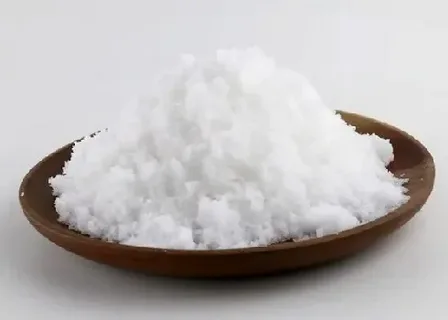


Mercury acetate is a chemical with a significant history in the world of chemistry and industry.
Mercury acetate is an inorganic compound that has played an important role in the field of chemistry and industrial applications. Known for its strong reactivity, this compound has been widely used in laboratories and specialized industries. However, due to its toxic nature, handling mercury acetate requires strict safety measures. Understanding its properties, uses, and risks is essential for researchers, students, and professionals working with this chemical.
Mercury acetate is an organomercury compound with the chemical formula Hg(OAc)₂, where OAc represents the acetate group (CH₃COO). It consists of a mercury ion bonded to two acetate ligands. The compound is usually found as a crystalline solid that is white or colorless in appearance.
The acetate groups attached to the mercury atom make it soluble in water and organic solvents, which explains its versatile use in organic synthesis and industrial chemistry.
Mercury acetate exhibits several distinct physical and chemical characteristics:
Molecular formula: C₄H₆HgO₄
Molecular weight: Approximately 318.68 g/mol
Appearance: White crystalline powder
Solubility: Soluble in water and ethanol
Melting point: Around 180 °C (decomposes before boiling)
Odor: Odorless
Reactivity: Acts as an oxidizing agent and participates in substitution reactions
One of its notable properties is its ability to serve as a catalyst in organic synthesis, particularly in reactions involving carbon-carbon bond formation.
Mercury acetate can be synthesized by reacting mercuric oxide (HgO) with acetic acid:
HgO+2CH3COOH→Hg(OAc)2+H2OHgO + 2CH₃COOH → Hg(OAc)₂ + H₂O
This process produces mercury acetate in solid crystalline form. However, due to the toxic nature of mercury, production is typically limited to controlled industrial or laboratory environments.
Although its use has declined due to environmental and health concerns, mercury acetate still has relevance in specific scientific and industrial fields.
Mercury acetate has historically been used in academic and industrial research, particularly in experiments involving organic synthesis. Its ability to introduce mercury atoms into organic molecules made it valuable for studying reaction mechanisms.
Industries once used mercury acetate in:
Textile manufacturing – as a chemical agent for preserving and treating fabrics.
Catalysts – in certain oxidation reactions.
Chemical synthesis – especially in producing organomercury compounds.
However, modern industries have shifted away from mercury acetate due to stricter safety regulations.
Mercury acetate plays a role in several organic reactions:
Oxymercuration reactions: It facilitates the addition of water across double bonds in alkenes, producing alcohols without carbocation rearrangement.
Oxidation reactions: It helps in controlled oxidation processes.
Intermediate compound formation: Mercury acetate can act as a precursor in producing other mercury-based chemicals.
In the past, mercury acetate was used in medical treatments and cosmetics, but these applications were abandoned once the toxic effects of mercury became better understood.
Despite its usefulness, mercury acetate is highly toxic. Prolonged or careless exposure can result in serious health issues, including:
Skin and eye irritation
Respiratory problems if inhaled
Kidney and liver damage after long-term exposure
Neurological effects such as tremors, memory loss, and mood changes
Mercury poisoning, which can be fatal in severe cases
The compound can enter the body through inhalation, ingestion, or skin contact, making protective equipment essential when handling it.
Mercury acetate poses a significant risk to the environment. Mercury compounds are persistent pollutants that accumulate in soil and water. Once released, mercury can be converted into methylmercury, a highly toxic form that enters the food chain through fish and seafood.
This bioaccumulation leads to long-term environmental damage, affecting aquatic life and human health alike. For this reason, strict regulations limit the industrial use and disposal of mercury acetate.
Mercury acetate is a chemical with a significant history in the world of chemistry and industry. While it has valuable properties for organic synthesis and research, its high toxicity and environmental risks have led to reduced usage worldwide. Strict safety measures, proper handling, and responsible disposal are essential when dealing with this compound.
